Yingjuan Tang
Flow-Based Feature Fusion for Vehicle-Infrastructure Cooperative 3D Object Detection
Nov 03, 2023Abstract:Cooperatively utilizing both ego-vehicle and infrastructure sensor data can significantly enhance autonomous driving perception abilities. However, the uncertain temporal asynchrony and limited communication conditions can lead to fusion misalignment and constrain the exploitation of infrastructure data. To address these issues in vehicle-infrastructure cooperative 3D (VIC3D) object detection, we propose the Feature Flow Net (FFNet), a novel cooperative detection framework. FFNet is a flow-based feature fusion framework that uses a feature flow prediction module to predict future features and compensate for asynchrony. Instead of transmitting feature maps extracted from still-images, FFNet transmits feature flow, leveraging the temporal coherence of sequential infrastructure frames. Furthermore, we introduce a self-supervised training approach that enables FFNet to generate feature flow with feature prediction ability from raw infrastructure sequences. Experimental results demonstrate that our proposed method outperforms existing cooperative detection methods while only requiring about 1/100 of the transmission cost of raw data and covers all latency in one model on the DAIR-V2X dataset. The code is available at \href{https://github.com/haibao-yu/FFNet-VIC3D}{https://github.com/haibao-yu/FFNet-VIC3D}.
Learning Cooperative Trajectory Representations for Motion Forecasting
Nov 01, 2023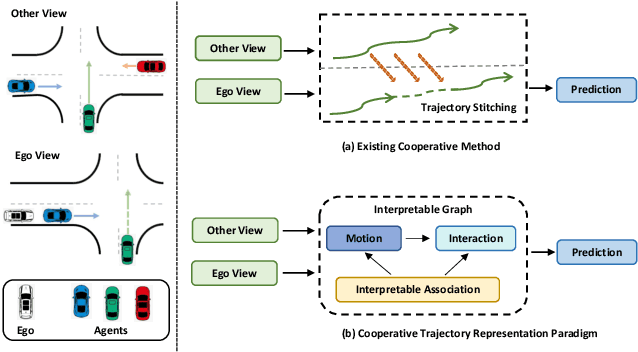

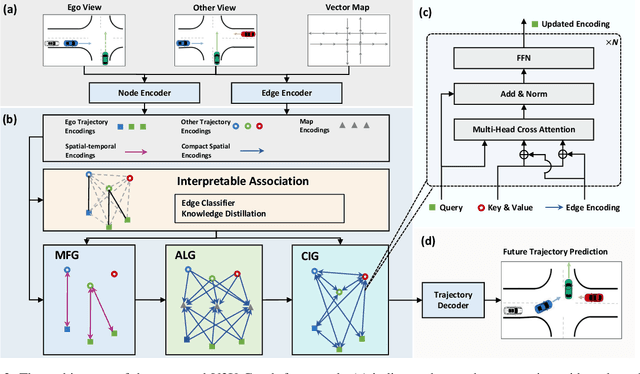
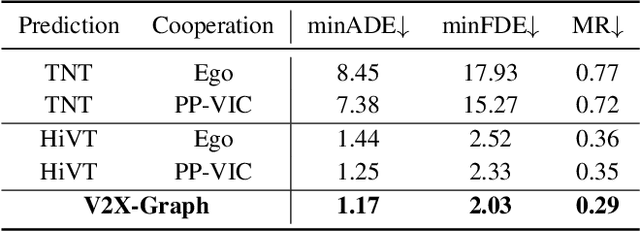
Abstract:Motion forecasting is an essential task for autonomous driving, and the effective information utilization from infrastructure and other vehicles can enhance motion forecasting capabilities. Existing research have primarily focused on leveraging single-frame cooperative information to enhance the limited perception capability of the ego vehicle, while underutilizing the motion and interaction information of traffic participants observed from cooperative devices. In this paper, we first propose the cooperative trajectory representations learning paradigm. Specifically, we present V2X-Graph, the first interpretable and end-to-end learning framework for cooperative motion forecasting. V2X-Graph employs an interpretable graph to fully leverage the cooperative motion and interaction contexts. Experimental results on the vehicle-to-infrastructure (V2I) motion forecasting dataset, V2X-Seq, demonstrate the effectiveness of V2X-Graph. To further evaluate on V2X scenario, we construct the first real-world vehicle-to-everything (V2X) motion forecasting dataset V2X-Traj, and the performance shows the advantage of our method. We hope both V2X-Graph and V2X-Traj can facilitate the further development of cooperative motion forecasting. Find project at https://github.com/AIR-THU/V2X-Graph, find data at https://github.com/AIR-THU/DAIR-V2X-Seq.
V2X-Seq: A Large-Scale Sequential Dataset for Vehicle-Infrastructure Cooperative Perception and Forecasting
May 10, 2023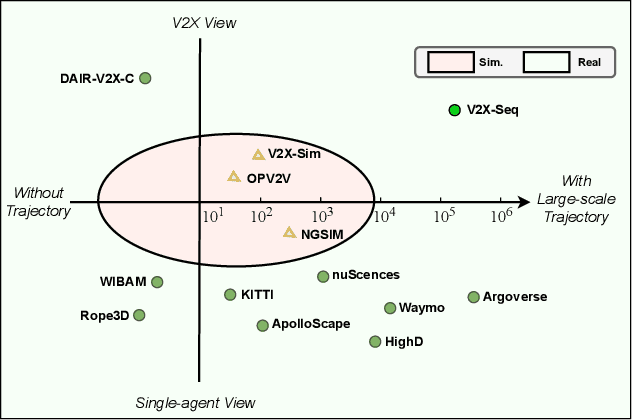
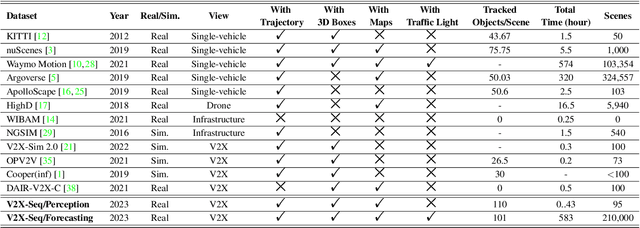
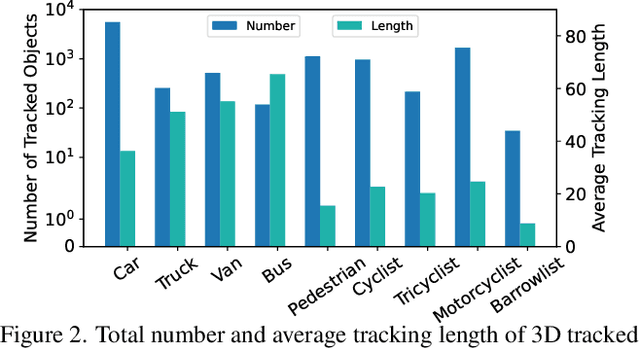
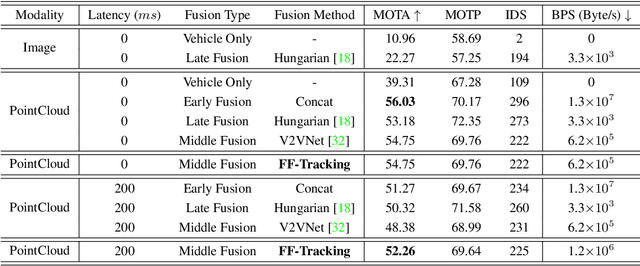
Abstract:Utilizing infrastructure and vehicle-side information to track and forecast the behaviors of surrounding traffic participants can significantly improve decision-making and safety in autonomous driving. However, the lack of real-world sequential datasets limits research in this area. To address this issue, we introduce V2X-Seq, the first large-scale sequential V2X dataset, which includes data frames, trajectories, vector maps, and traffic lights captured from natural scenery. V2X-Seq comprises two parts: the sequential perception dataset, which includes more than 15,000 frames captured from 95 scenarios, and the trajectory forecasting dataset, which contains about 80,000 infrastructure-view scenarios, 80,000 vehicle-view scenarios, and 50,000 cooperative-view scenarios captured from 28 intersections' areas, covering 672 hours of data. Based on V2X-Seq, we introduce three new tasks for vehicle-infrastructure cooperative (VIC) autonomous driving: VIC3D Tracking, Online-VIC Forecasting, and Offline-VIC Forecasting. We also provide benchmarks for the introduced tasks. Find data, code, and more up-to-date information at \href{https://github.com/AIR-THU/DAIR-V2X-Seq}{https://github.com/AIR-THU/DAIR-V2X-Seq}.
Vehicle-Infrastructure Cooperative 3D Object Detection via Feature Flow Prediction
Mar 19, 2023



Abstract:Cooperatively utilizing both ego-vehicle and infrastructure sensor data can significantly enhance autonomous driving perception abilities. However, temporal asynchrony and limited wireless communication in traffic environments can lead to fusion misalignment and impact detection performance. This paper proposes Feature Flow Net (FFNet), a novel cooperative detection framework that uses a feature flow prediction module to address these issues in vehicle-infrastructure cooperative 3D object detection. Rather than transmitting feature maps extracted from still-images, FFNet transmits feature flow, which leverages the temporal coherence of sequential infrastructure frames to predict future features and compensate for asynchrony. Additionally, we introduce a self-supervised approach to enable FFNet to generate feature flow with feature prediction ability. Experimental results demonstrate that our proposed method outperforms existing cooperative detection methods while requiring no more than 1/10 transmission cost of raw data on the DAIR-V2X dataset when temporal asynchrony exceeds 200$ms$. The code is available at \href{https://github.com/haibao-yu/FFNet-VIC3D}{https://github.com/haibao-yu/FFNet-VIC3D}.
 Add to Chrome
Add to Chrome Add to Firefox
Add to Firefox Add to Edge
Add to Edge